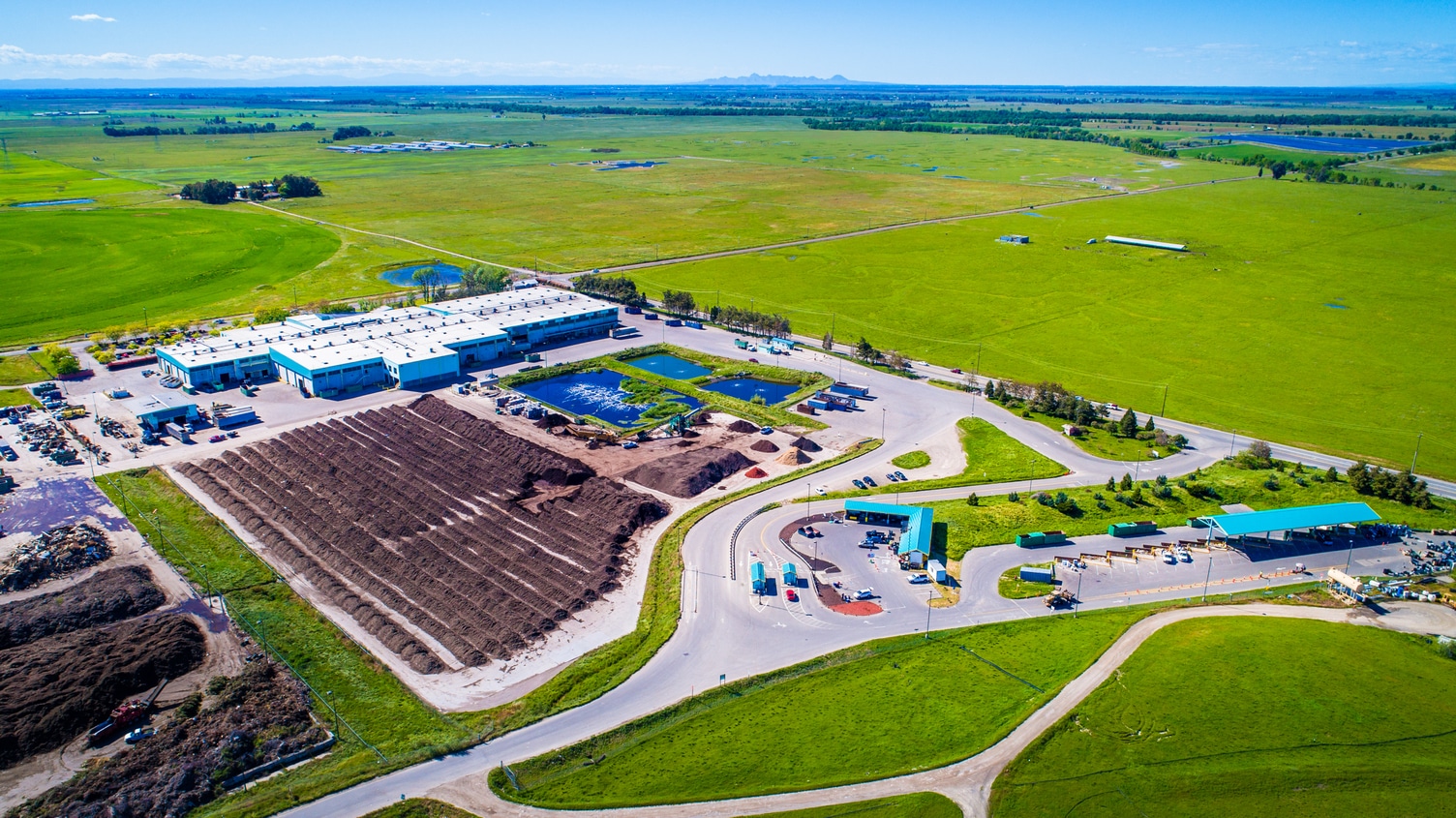Odor Information
What’s That Smell? Odor Management Around WPWMA Facilities
Although odors are a natural and unavoidable byproduct of decomposing organic material, the WPWMA implements extensive measures to proactively reduce the potential for off-site odors.
We utilize an odor monitoring system designed to continuously measure specific odors and their intensities at multiple locations on the WPWMA’s campus and off-site This data is coupled with on-site weather station data to generate air dispersion models of the measured and estimated odors.
WPWMA staff continuously monitor facility operations and weather conditions in an effort to identify and minimize potential sources of odors. The odor monitoring system is used to assist in investigating reported odors, better understand the combination of operational and meteorological conditions that may result in odor impacts to the community, and evaluate the relative effectiveness of specific odor reduction efforts.
Report an Odor to the WPWMAEmpty heading
Update November 4, 2025 – A subletter on one of the WPWMA’s expansion properties just informed us they are actively spreading more than 5,000 pounds of a chicken manure mixture on the property they sublease from us. They anticipate being finished by Friday, November 7, however this may result in more unpleasant regional odors in the area.
Site-Wide Odor Plan
The WPWMA worked with the Placer County Air Pollution Control District to develop a Site Wide Odor Plan (SWOP), a tool for the WPWMA and its facility operators, contractors, consultants, and lessees to use for reducing the potential for off-site odors. The Plan was approved by the WPWMA Board in December 2020 and most recently updated in January 2025.
The SWOP provides concise information about facility odor sources. The WPWMA uses the SWOP as a guide to monitor operational and meteorological conditions that may have the potential to exacerbate the perception of odors. The SWOP includes measures the WPWMA can take to reduce the potential for facility odors.


2025 Regional Odor Issue
Update November 2, 2025 – We are aware that there has been a significant increase in the western Placer region. Upon investigation and a review of best practices, the WPWMA has determined that this regional odor is NOT originating from the WPWMA’s campus but instead from a farm north west of our facility that recently spread a significant amount of manure.
Over the last several years, in addition to ensuring best practices described in the SWOP are followed daily, the WPWMA has also invested heavily in odor reduction technologies and infrastructure to be an even better neighbor to nearby residents and businesses:
- As part of the facility improvements project, the WPWMA has a new ColdOx machine that kills odor causing agents (known as Volatile Organic Compounds, or VOCs)
- Food scraps are now composting using a method called Covered Aerated Static Pile (CASP) composting, which can reduce odor potential by more than 90% through completely covered composting and underground aeration trenches.
- Green waste is now composted using Aerated Static Pile (ASP) composting which can reduce odor potential by up to 84% compared to traditional “windrow” composting.
- The WPWMA is part of a UC Davis and California Air Resources Board (CARB) study looking at best practices and new tools to further decrease emissions from landfills. While the study is still ongoing, we are seeing promising results from the WPWMA’s landfill.
What You Can Do:
- Instead of reporting this odor to the WPWMA, please report it to the Placer Air Pollution Control District who has jurisdiction over investigating off-site odor incidents. Because it is originating from off the WPWMA’s facility, unfortunately the WPWMA has no ability to mitigate it.
- Learn more about the WPWMA’s Site Wide Odor Plan and regional odor sources by watching a recent Odor Workshop (video to the right)
- Advocate to require property owners to notify nearby residents when they are going to do something extremely impactful to regional odor conditions (like spreading manure).

